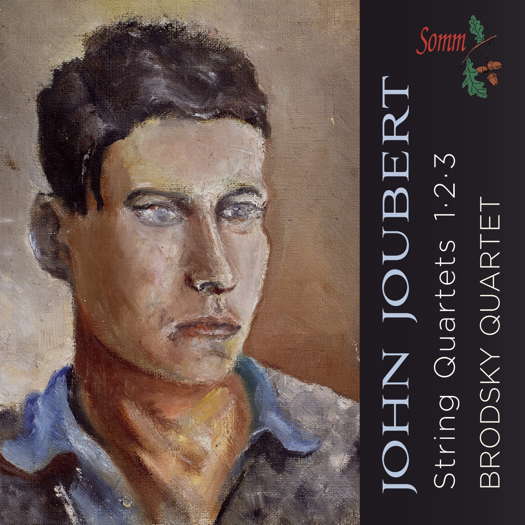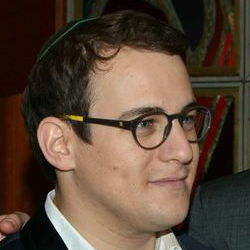 SPONSORED: Ensemble. Melting Rhapsody - Malcolm Miller enjoys Jack Liebeck and Danny Driver's 'Hebrew Melody' recital, plus a recital by David Aaron Carpenter.
SPONSORED: Ensemble. Melting Rhapsody - Malcolm Miller enjoys Jack Liebeck and Danny Driver's 'Hebrew Melody' recital, plus a recital by David Aaron Carpenter.
All sponsored features >>
A THRILLER ABOUT A SCORE

GIUSEPPE PENNISI explores a new critical edition of Palestrina's 'Missa Papae Marcelli'
Some readers may remember Palestrina, an opera by the German composer Hans Pfitzner, first performed in 1917. In 2000-2001, it was revived by the Royal Opera House in London and by the National Theatre in Munich. Teatro dell'Opera di Roma was expected to be the third party of a major co-production for the Roman Catholic Jubilee but it withdrew because of the high costs. The composer referred to it as a Musikalische Legende (musical legend), and wrote the libretto himself, based on a story about the Renaissance musician Giovanni Pierluigi da Palestrina, who saves the art of contrapuntal music and polyphony for the Church in the sixteenth century through his composition of the Missa Papae Marcelli. The wider context is that of the European Reformation and the role of music in relation to it. The character of Cardinal Borromeo is depicted, and a General Congress of the Council of Trent is the centrepiece of Act II.
Not the opera but the Missa Papae Marcelli has been at the core of a musicological thriller. Several versions of the Missae have circulated over the centuries. Which is the closest to the one that convinced the Council to return to its steps and accept contrapuntal music and polyphony for the Roman Catholic Church? For centuries, two versions published by Palestrina's students - Giovanni Francesco Anerio and Francesco Soriano - circulated and were performed. Both Anerio and Soriano called their versions 'reductions'; the scores were, respectively, for four and eight voices and primarily with organ accompaniment, whilst reports about the Trento Council tell about a Mass with six voices and instrumental accompaniment. Most likely the Missa Papae Marcelli that enthralled the Council was somewhat grander and more impressive than Anerio and Soriano's reductions.

Palestrina presenting his Masses to Pope Julius III in 1554
The author of the first biography of Palestrina in 1828, Giovanni Baini - chamberlain of the Pontifical Chapter - was familiar with the reworking by Anerio and by Soriano and judged them 'most unfortunate'. He knew of a Missa Papae Marcelli score with twelve voices, at times singing as two small choruses of six voices each; he had a copy of this twelve-voice score but provided very few cues to find the original. One of these cues indicated a path to the library of the Church of Santa Maria in Vallicella - now generally known as La Chiesa Nuova - in Rome City Centre.
Now the intrigue may be resolved and the twelve voice Palestrina score made available in a critical edition in a volume of about two hundred pages of large format by Florian Bassani which includes an essay in Italian and English - it is work of worldwide interest - and the score. The volume was presented on 9 April 2021 by the Giovanni Pierluigi da Palestrina Foundation and has been on sale for a few days now. It can be purchased from the Foundation: www.fondazionepierluigipalestrina.it
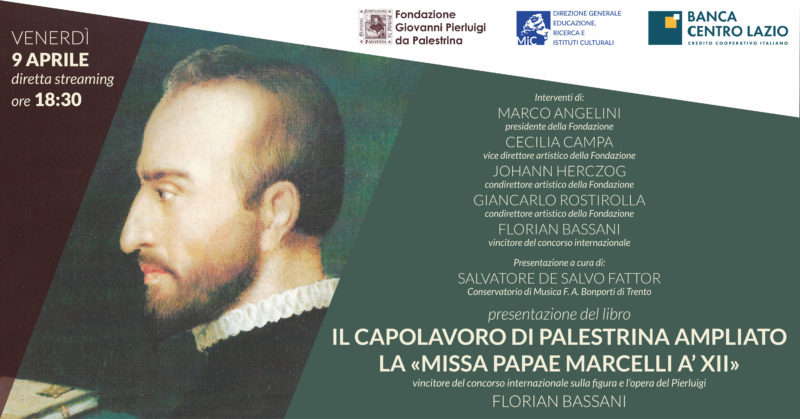
Il Capolavoro di Palestrina Ampliato. Florian Bassani. 9 April 2021
The book, Palestrina's masterpiece amplified. The 'Missa Papae Marcelli A' XII', consists of research with the full score of the critical edition by musician and musicologist Florian Bassani, professor at the University School of Music in Lugano, Switzerland. It was the winning project of the International Competition on the Personality and Work of Palestrina that the Foundation launched in 2018. It is one of the initiatives of the new edition of the Palestrina Festival, due in 2020 but postponed to 2021 because of the coronavirus emergency. The work was published with the support of the Italian Ministry of Culture for its high scientific value.
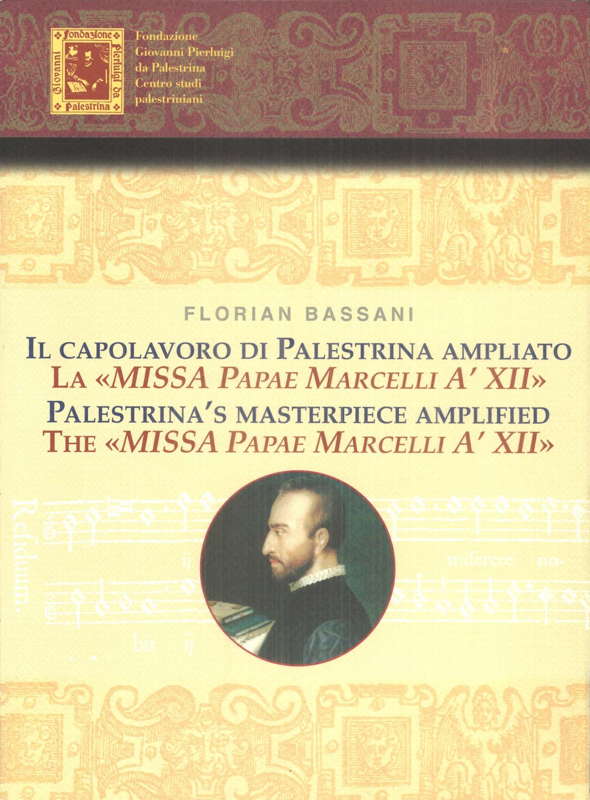
Florian Bassani: Palestrina's Masterpiece Amplified
Awarded for the 'solid and exhaustive method and conduct of work', Bassani's recent research increases the series of books 'Music and musicians in Lazio' issued by the Giovanni Pierluigi da Palestrina Foundation. The research highlights some aspects of performance practice that testify to the consistent permanence and fortune of the Palestrina style over time. The starting point is just the Missa Papae Marcelli, undoubtedly Palestrina's most famous and popular work since the days of the composer himself. Written around 1562, it was published in Rome in 1567, as part of Palestrina's second book of Masses, the Missarum liber secundus. For generations and until the nineteenth century, the Missa was widespread not only in its original form, but also in different variants - for example with reduced or increased vocal parts - testimony of reverence given to the master by pupils and admirers over the centuries.
Bassani's study finally sheds light on what was the third and final rewrite of the Mass, the Missa Papae Marcelli A' XII, or a twelve voice composition (against six reportedly in the first Palestrinian work). The Missa, until now unpublished, has come in only two manuscript sources: the most important, deposited in the musical library of Santa Maria in Vallicella in Rome at least since 1794, disappeared between 2006 and 2008, presumably theft, and to date there is no news. Bassani worked very meticulously with the second source, created in the early nineteenth century by Giuseppe Baini as well as with other scores for performances in the seventeenth century. He explains in the introduction:
Unfortunately there are not even photographic reproductions. Therefore, this study is forced to rely mainly on the copy of Baini, accompanied by the historical catalogs of the musical archive of Santa Maria in Vallicella in Rome as well as on the memory of the writer and other colleagues who had the opportunity to see the original source before the scandalous disappearance. This publication must therefore also be seen in the sign of the denunciation of this barbaric and useless act.
Through a precious and detailed comparative work, Bassani highlights in the anonymous manuscript the influences of the latest compositional conquests and performance practice of the time, perfectly reflecting style and technique of early seventeenth century Rome, to which the twelve voice Missa can be dated. Despite the new weaving with real voices - note well: exactly twice the number of the original - the unknown arranger remains in compositional terms noticeably close to Palestrina's first version: an act of homage to the great master. It is most likely the version that enchanted the Cardinals at the Trento Council.
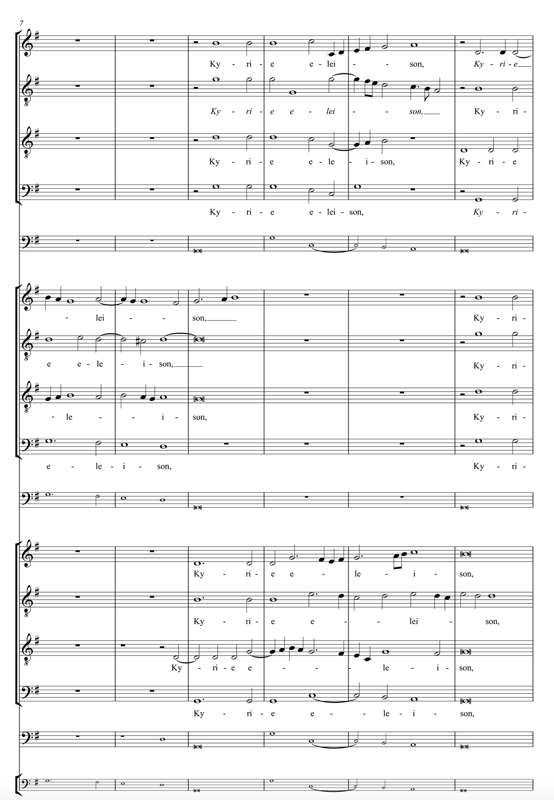
A page from the Kyrie of Palestrina's Missa Papae Marcelli in Florian Bassano's new critical edition
The reading of the volume is simply fascinating because it takes us back to the transcriptions and performance practices at the turn of the sixteenth and mid-seventeenth century. Essential for musicologists, those who are simply music enthusiasts can read it as a real thriller on the search for the various versions. Today it is so precious as to cause a theft from a church in the centre of Rome.
Rome, Italy

FURTHER INFORMATION: PALESTRINA'S MASTERPIECE AMPLIFIED


